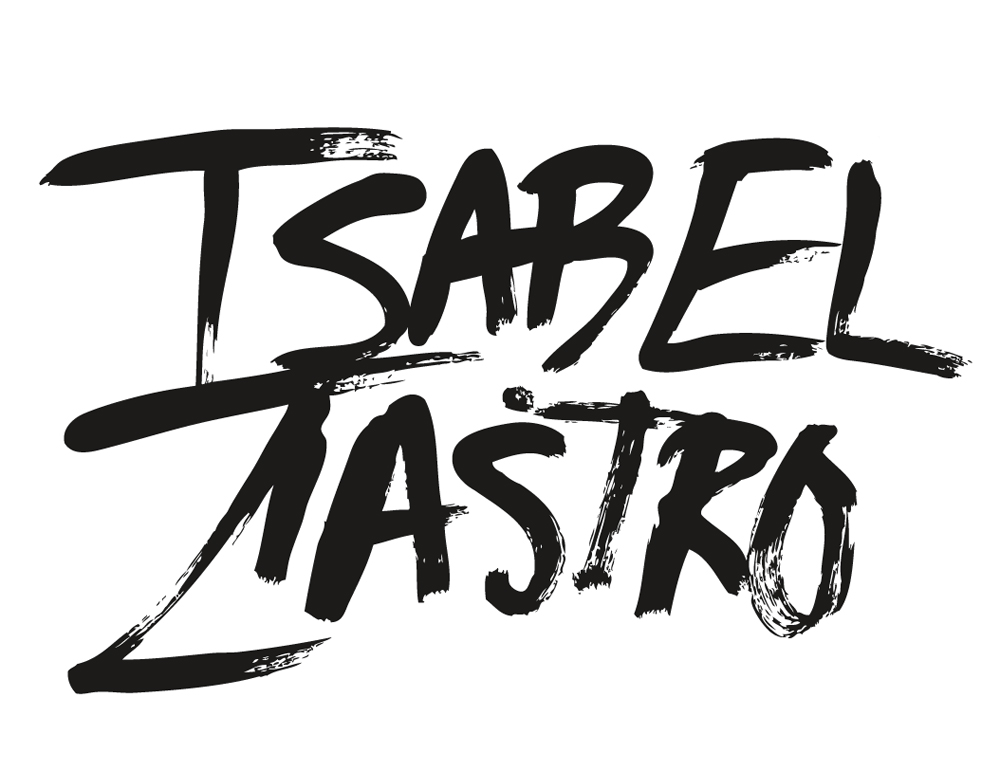In today’s highly competitive digital landscape, simply having a website is not enough. To stand out, attract visitors, and drive conversions, your website must be designed with search engine optimization (SEO) in mind. An SEO-friendly website not only improves your visibility on search engines like Google but also enhances the overall user experience, leading to better engagement and higher conversion rates.
In this article, we’ll explore the key principles of SEO-friendly web design and provide actionable tips on how to build a website that ranks well in search engine results pages (SERPs).
- The Importance of SEO-Friendly Web Design SEO-friendly web design is about more than just sprinkling keywords throughout your content. It involves creating a website structure, design, and user experience that aligns with search engine algorithms. A well-optimized website:
Increases Organic Traffic: By improving your site’s visibility in search engines, you can attract more visitors without relying on paid advertising.
Enhances User Experience: SEO-friendly design focuses on usability and accessibility, making it easier for visitors to find what they’re looking for.
Boosts Credibility: Higher search rankings can increase your brand’s credibility and trustworthiness in the eyes of potential customers.
Drives Conversions: A well-optimized website leads to higher engagement, lower bounce rates, and more conversions.
- Key Principles of SEO-Friendly Web Design To build a website that ranks well, you need to consider several key aspects of SEO during the design and development process:
a. Mobile-First Design With more than half of global web traffic coming from mobile devices, it’s essential to design your website with mobile users in mind. A mobile-first approach ensures your site is fully responsive, meaning it adapts to different screen sizes and provides an optimal experience for all users.
Tips:
Use a responsive design framework like Bootstrap.
Test your website on various devices and screen sizes to ensure consistent performance.
Optimize images and media files to reduce load times on mobile devices.
b. Fast Loading Times Page speed is a critical factor for both user experience and SEO. Google considers site speed as a ranking factor, and slow-loading pages can lead to higher bounce rates, which negatively impacts your rankings.
Tips:
Minimize HTTP requests by reducing the number of elements on your page.
Compress images and use modern formats like WebP.
Leverage browser caching to reduce server load.
Use a content delivery network (CDN) to serve content faster to global users.
c. Clean and Structured URL A well-structured URL is not only easier for users to read but also helps search engines understand the content of your pages. Use short, descriptive URLs that include relevant keywords.
Tips:
Avoid using long strings of numbers or special characters in URLs.
Use hyphens to separate words (e.g., “yourwebsite.com/seo-friendly-web-design”).
Keep URLs as short as possible while maintaining clarity.
d. On-Page SEO Elements On-page SEO refers to optimizing individual web pages to rank higher and earn more relevant traffic. This includes title tags, meta descriptions, headers, and content.
Tips:
Use unique, keyword-rich title tags for each page.
Write compelling meta descriptions that encourage click-throughs.
Use header tags (H1, H2, H3) to structure content and highlight key points.
Incorporate relevant keywords naturally into your content, without keyword stuffing.
e. Optimized Images and Media Images and other media can significantly enhance user experience, but they need to be optimized for SEO. Properly optimized images can improve page load times and help your site rank higher in image search results.
Tips:
Use descriptive file names and alt text for all images.
Compress images without sacrificing quality.
Implement lazy loading to delay the loading of images until they are needed.
f. Internal Linking Structure An effective internal linking strategy helps search engines understand the hierarchy and relationship between your pages. It also encourages users to explore more of your content.
Tips:
Use descriptive anchor text that includes relevant keywords.
Link to related pages within your content to keep users engaged.
Ensure important pages are easily accessible from your homepage.
g. Secure Website (HTTPS) Security is a priority for both users and search engines. Websites with HTTPS encryption are preferred by Google and other search engines, as they protect user data and build trust.
Tips:
Install an SSL certificate to enable HTTPS on your website.
Regularly update and maintain your SSL certificate to ensure continuous security.
Display trust signals, like security badges, to reassure visitors.
h. Schema Markup Schema markup is a form of microdata that helps search engines better understand your content. By adding schema to your pages, you can enhance your search engine listings with rich snippets, improving click-through rates.
Tips:
Use Google’s Structured Data Markup Helper to generate schema markup.
Implement schema for key elements like products, reviews, events, and articles.
Test your schema using Google’s Rich Results Test tool.
- Common SEO Mistakes to Avoid in Web Design When designing an SEO-friendly website, it’s important to avoid common pitfalls that can hinder your site’s performance:
Ignoring Mobile Optimization: Failing to optimize for mobile can significantly hurt your rankings and user experience.
Overloading Pages with Multimedia: While media can enhance your site, too much can slow down your page, negatively impacting SEO.
Neglecting User Experience: A cluttered, difficult-to-navigate website will lead to high bounce rates, which can lower your rankings.
Using Too Much JavaScript: Excessive JavaScript can slow down your site and make it harder for search engines to crawl your pages.
- How I Can Help You Build an SEO-Friendly Website With years of experience in custom web design and development, I specialize in creating websites that are not only visually appealing but also optimized for search engines. My approach integrates SEO best practices from the ground up, ensuring your website is designed to attract traffic, engage visitors, and convert leads.
What I Offer:
Custom SEO-Friendly Design: I’ll create a unique design that reflects your brand while incorporating SEO best practices to help you rank higher.
Mobile Optimization: Your website will be fully responsive, providing an excellent experience for users on all devices.
Fast Load Times: I’ll implement strategies to ensure your website loads quickly, improving both user experience and SEO.
Ongoing SEO Support: SEO doesn’t stop at launch. I offer ongoing support to keep your site optimized and performing at its best.
Conclusion: Build a Website That Ranks and Converts SEO-friendly web design is essential for any business looking to succeed online. By following these best practices and avoiding common mistakes, you can build a website that not only ranks well but also provides a great user experience.
Ready to take your website to the next level? Whether you’re starting from scratch or looking to optimize your existing site, I’m here to help. Contact me today for a consultation, and let’s discuss how we can create an SEO-friendly website that drives traffic, engages visitors, and generates leads.

